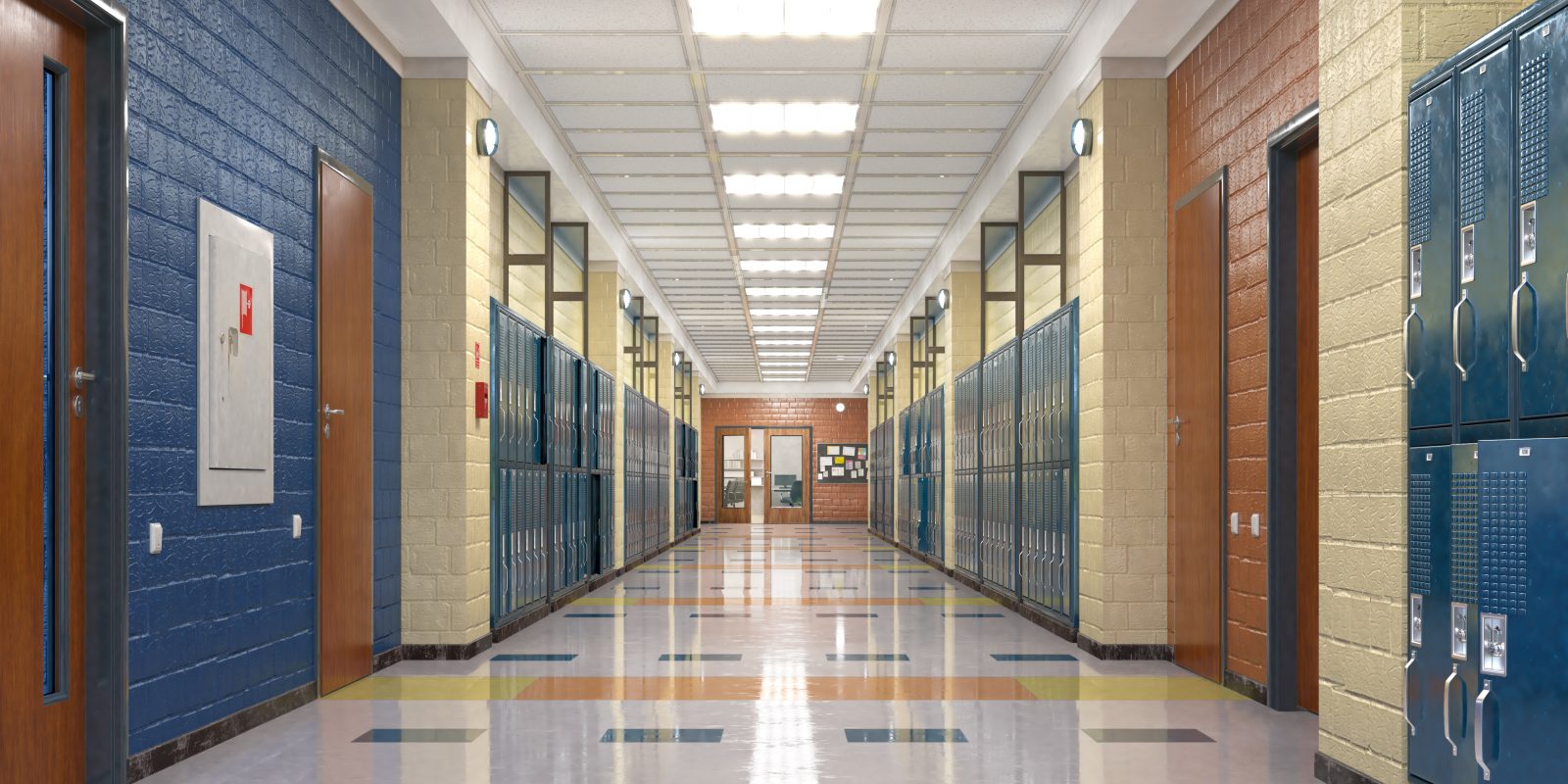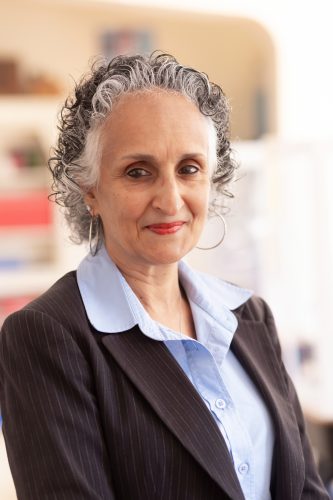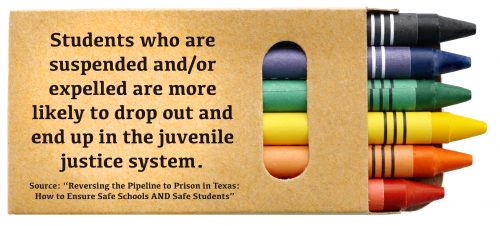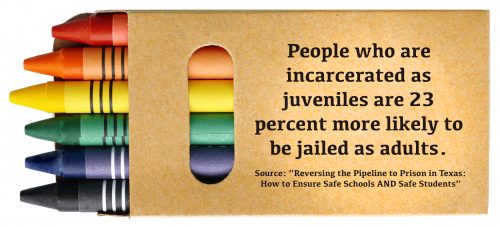
urfinguss | Getty Images
Miriam Ezzani Researches the Role of Educators in Ending Educational Inequality
Self-reflection and anti-oppressive practices help ensure all students have a chance to succeed.
The 21st century’s sweeping social justice movement is calling for comprehensive reforms, including in the way schools operate. Miriam Ezzani, assistant professor of educational leadership, is investigating how teachers can embody compassion and inclusiveness to ensure racial equality in their classrooms.

Miriam Ezzani’s research examines structural inequalities in education and looks at how teachers can embody compassion and inclusiveness to ensure equity and fairness in their classrooms. Photo by Mark Graham
Systemic racism marginalizes and criminalizes Black males in particular. In addition to the widely reported racial disparities in the U.S. prison system, more than 7 percent of African American males do not complete high school or obtain a GED equivalent, according to the National Center for Education Statistics. Educational inequalities translate into future disadvantages such as lower income, poorer health and a higher likelihood of involvement in the criminal justice system.
Ezzani’s research, published in the February 2020 Journal of School Leadership, details a successful approach to disrupting imbalanced educational outcomes. Through reflective and humanizing practices instituted at an elementary school with a diverse student body, one principal showed how the education system could learn about battling racism.
Ezzani’s case study centers on the work of Ms. DiFalco (a pseudonym), principal of an elementary school with a disproportionate share of disciplinary measures against its Black students. African Americans made up about 15 percent of the school’s population but accounted for more than 80 percent of written discipline plans.
In Ezzani’s two-year study period, DiFalco spent about half of her time in classrooms monitoring teachers’ behaviors and facial expressions. She then met privately with teachers to reflect those mannerisms back to them. The principal’s plan was to help educators understand what it looked and felt like to be a student in their classrooms.
This process of critical self-reflection is profound, Ezzani said. “We all come with a certain worldview: Some come with a narrow lens and some with a wide lens. … When you take teachers through this self-reflective process, this critical self-reflection, you help them ask questions of themselves including: ‘Why do I have specific beliefs about certain groups of students?’ ”
From personal coaching with teachers to the implementation of new schoolwide procedures, DiFalco’s approach addressed systemic racism on the individual and institutional levels. Staff began lining the hallways each morning to make eye contact with students and greet them by name.
Ezzani called DiFalco’s approach “renegade leadership,” an intentional advocacy for anti-oppressive systems, no matter the priorities set by the school district. “She really shifted her allegiance from the district to the students.”

PTICELOV | AdobeStock
Keeping young students off disciplinary plans corresponds to a lower likelihood of involvement in the criminal justice system. A Texas Criminal Justice Coalition report, “Reversing the Pipeline to Prison in Texas: How to Ensure Safe Schools AND Safe Students,” showed that students who are suspended and/or expelled are more likely to drop out and end up in the juvenile justice system. Those who are incarcerated as juveniles are 23 percent more likely to be jailed as adults.
Alarmingly, students of color, students with special needs, boys and children in foster care are consistently overrepresented in suspensions and expulsions. Before DiFalco’s reforms, Ezzani said, her elementary school was a strong pipeline school.
To stem the flow, DiFalco helped teachers identify ways they could improve their classrooms. Teachers engaged in weekly group accountability meetings. They also documented students’ academic or behavioral challenge areas.
Disciplinary numbers were monitored closely by the principal, who combined the quantitative perspective with qualitative information gained from observations. Her goal was for disciplinary actions to mirror the makeup of the school’s student population.
The multipronged strategy diminished disciplinary referrals of Black boys by up to 90 percent, Ezzani said. “She was expecting the numbers to go down, and they did.”

PTICELOV | AdobeStock
At TCU, Ezzani takes her educational leadership students through processes similar to those DiFalco employed. She wants them to explore their biases and understand the influence they can have on other education professionals.
“Her approach to cultural proficiencies is to start within, to examine your own upbringing and experience with isms: racism, sexism, ableism, religionism, any ism that comprises bias,” said Melissa Rincon, principal of William James Middle School in Fort Worth and an EdD student of Ezzani’s. “You look with a critical eye at how those isms manifest within yourself and your view of the world, and then you start to move outward.”
Rincon began the 2020-21 school year with cultural proficiency training and introspection for her teachers. Her intent was to break routine and unconscious practices that do not serve children of color. Change is a process and an ongoing conversation, she said, and not a “one-day professional development check box.”
Rincon said her goal is to create an inclusive school environment that allows all children a chance to focus on their futures. “Students will feel welcome and engaged, and they’ll be learning. That’s our end goal: We want them learning.”
TCU Magazine Podcast
https://soundcloud.com/tcu-magazine/education-miriam-ezzani-structural-inequality?si=167d015e812f4cf0bcbdf6a0becbd9d8

Your comments are welcome
1 Comment
Reflecting a Kinder World by Rachel Hedstrom helped in opening my eyes toward the abusive use of progressivism in education. Overutilization of terms such as oppression, compassion, reflection, and humanizing skew the actual aims of Marxist ideology incorporated in diversity, equity, and inclusion. Intellectual accomplishments are gained via appropriate pedagogy and possible andragogy toward skills in math, reading, science, and communication. Once the basic skills are mastered, students must learn discrimination to discern truth from un-truths; and in this manner make moral (right or wrong) decisions. In the absence of truth and morality, wokeness may become vogue or even popular; however, it falls short of reality. Unfortunately, bias may become a learned behavior in defense of one’s norms, values and mores`. Higher education that focuses on woke ideology is short-lived and becomes apparent when words are confused (equity versus equality) as per this article. Who is being oppressed and who is oppressing? Realism is factual, not theoretical. Judgement is learned!
Related reading:
Research + Discovery
Making All Students Welcome: A Q&A with Frank Hernandez
The College of Education dean focuses on Latino and LGBTQ communities.
Research + Discovery
Looking Past Test Scores for School Success
Are teachers happy? Do students like the library? Jo Beth Jimerson looks beyond numbers.
Alumni
Alan Royal Promotes Equity and Inclusion to Help Scholars Succeed
The alumnus mentors young students as they pursue higher education and careers.